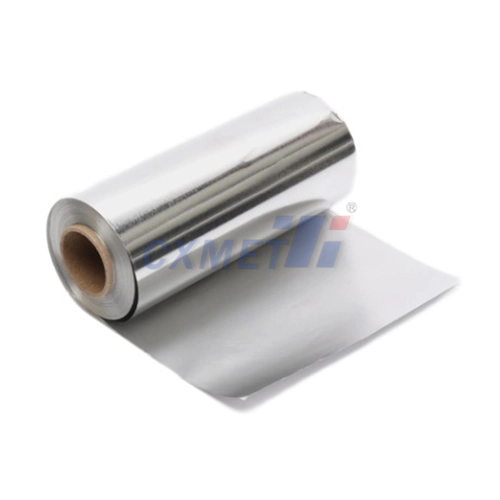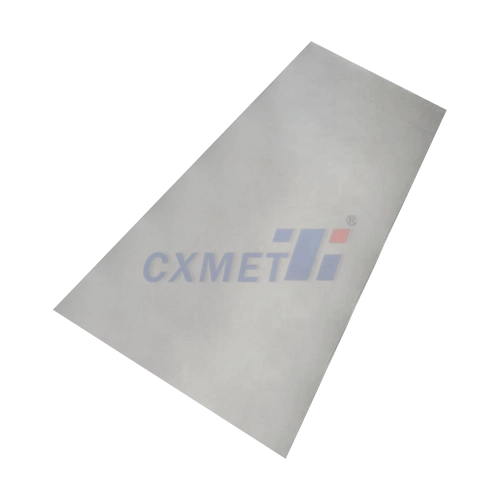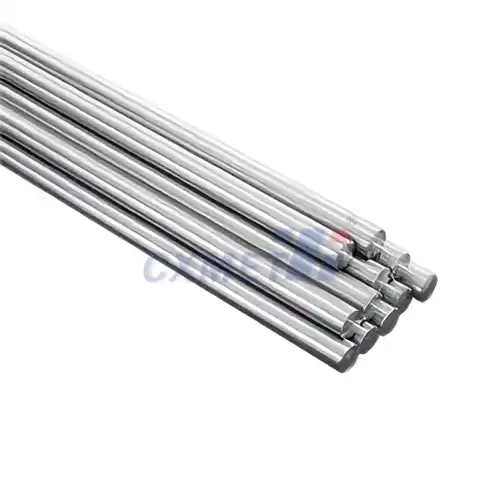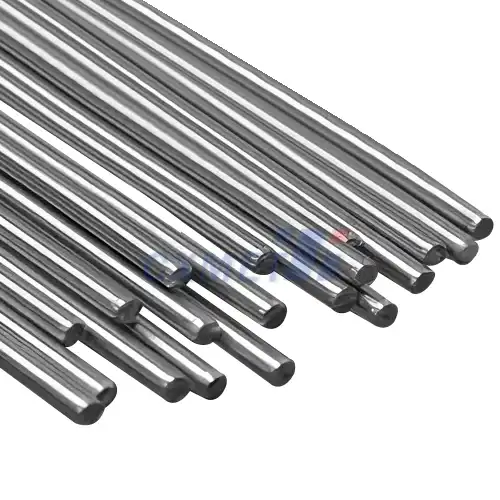- English
- French
- German
- Portuguese
- Spanish
- Russian
- Japanese
- Korean
- Arabic
- Greek
- German
- Turkish
- Italian
- Danish
- Romanian
- Indonesian
- Czech
- Afrikaans
- Swedish
- Polish
- Basque
- Catalan
- Esperanto
- Hindi
- Lao
- Albanian
- Amharic
- Armenian
- Azerbaijani
- Belarusian
- Bengali
- Bosnian
- Bulgarian
- Cebuano
- Chichewa
- Corsican
- Croatian
- Dutch
- Estonian
- Filipino
- Finnish
- Frisian
- Galician
- Georgian
- Gujarati
- Haitian
- Hausa
- Hawaiian
- Hebrew
- Hmong
- Hungarian
- Icelandic
- Igbo
- Javanese
- Kannada
- Kazakh
- Khmer
- Kurdish
- Kyrgyz
- Latin
- Latvian
- Lithuanian
- Luxembou..
- Macedonian
- Malagasy
- Malay
- Malayalam
- Maltese
- Maori
- Marathi
- Mongolian
- Burmese
- Nepali
- Norwegian
- Pashto
- Persian
- Punjabi
- Serbian
- Sesotho
- Sinhala
- Slovak
- Slovenian
- Somali
- Samoan
- Scots Gaelic
- Shona
- Sindhi
- Sundanese
- Swahili
- Tajik
- Tamil
- Telugu
- Thai
- Ukrainian
- Urdu
- Uzbek
- Vietnamese
- Welsh
- Xhosa
- Yiddish
- Yoruba
- Zulu
Is Tungsten Alloy Expensive?
2024-07-26 10:57:52
Tungsten alloy, known for its exceptional strength and density, is indeed considered an expensive material in the world of metallurgy. This high-performance alloy, primarily composed of tungsten with small amounts of other metals like nickel and iron, commands a premium price due to its unique properties and specialized manufacturing process. The cost of tungsten alloy can vary significantly depending on factors such as the specific composition, grade, and current market conditions. However, its exceptional characteristics often justify the investment for applications that demand superior performance and durability.
What are the main applications of tungsten high-density alloy?
Tungsten high-density alloy finds its way into a diverse array of applications across multiple industries, thanks to its remarkable properties. One of the primary sectors benefiting from this material is the aerospace and defense industry. Here, tungsten alloy is utilized in the production of kinetic energy penetrators, counterweights for aircraft, and radiation shielding in spacecraft. Its high density and ability to maintain structural integrity under extreme conditions make it an ideal choice for these critical applications.
In the medical field, tungsten alloy plays a crucial role in radiation therapy equipment. Its excellent radiation absorption properties make it an effective material for collimators and shielding in linear accelerators and other radiotherapy devices. This application helps protect both patients and medical staff from harmful radiation exposure while ensuring precise delivery of treatment.
The automotive industry also leverages tungsten alloy's unique characteristics. It's used in manufacturing balancing weights for high-performance vehicles, vibration dampers, and heat shields. The material's high melting point and resistance to wear make it suitable for components exposed to extreme temperatures and mechanical stress.
In the field of industrial tooling, tungsten alloy is prized for its hardness and wear resistance. It's commonly used in cutting tools, drill bits, and mining equipment, where durability and longevity are paramount. The alloy's ability to maintain its properties at high temperatures also makes it valuable in applications such as glass melting electrodes and welding electrodes.
The oil and gas industry utilizes tungsten alloy in downhole drilling components, where its density and strength contribute to improved drilling efficiency and tool longevity in harsh underground environments. Additionally, the material finds applications in the form of weights and stabilizers in various offshore equipment.
Sports and recreation represent another interesting application area for tungsten high-density alloy. Golf club weights, dart barrels, and fishing sinkers often incorporate this material due to its high density in a compact form. This allows for better weight distribution and improved performance in these sporting goods.
In the electronics industry, tungsten alloy is used in heat sinks for high-power electronic devices, taking advantage of its excellent thermal conductivity. It's also employed in electrical contacts where resistance to arc erosion is critical.
The nuclear industry relies on tungsten alloy for radiation shielding and collimators in various applications, from power plants to research facilities. Its ability to effectively attenuate gamma rays and neutrons makes it an invaluable material in this sector.
Lastly, tungsten alloy finds application in the manufacturing of precision balances and calibration weights, where its stability and high density are crucial for accurate measurements.
The wide range of applications for tungsten high-density alloy demonstrates its versatility and importance across multiple industries. While its cost may be higher compared to some other materials, its unique properties often make it the optimal choice for specialized applications where performance, durability, and reliability are paramount.
What factors contribute to the high cost of tungsten alloy?
The relatively high cost of tungsten alloy can be attributed to several factors, each playing a significant role in the overall pricing of this valuable material. Understanding these factors helps explain why tungsten alloy commands a premium in the market and why industries continue to invest in it despite its expense.
First and foremost, the rarity and limited availability of tungsten as a raw material significantly impact the cost of tungsten alloy. Tungsten is not an abundant element in the Earth's crust, and economically viable deposits are concentrated in only a few countries, primarily China, Vietnam, and Russia. This geographical concentration can lead to supply chain vulnerabilities and price fluctuations based on geopolitical factors and export policies of these countries.
The extraction and processing of tungsten ore is a complex and energy-intensive process, which adds to the overall cost. Tungsten is typically extracted from wolframite and scheelite ores through a series of chemical processes. These processes require significant investments in technology and infrastructure, and the energy costs associated with extraction and refining are substantial.
The manufacturing process of tungsten alloy itself is another major factor contributing to its high cost. Producing high-quality tungsten alloy involves sophisticated techniques such as powder metallurgy, which requires specialized equipment and expertise. The process often includes steps like mixing tungsten powder with other metal powders, compacting the mixture, and then sintering it at extremely high temperatures. This process is not only technologically demanding but also energy-intensive, further adding to the production costs.
The purity requirements for tungsten alloy in many applications also drive up the cost. Achieving and maintaining high purity levels during the manufacturing process requires stringent quality control measures and often results in a lower yield, increasing the overall cost per unit of usable material.
Market demand plays a crucial role in the pricing of tungsten alloy. As the material finds increasing applications in high-tech industries such as aerospace, defense, and medical technology, the demand often outpaces supply, leading to higher prices. The specialized nature of many of these applications means that there are often few substitutes for tungsten alloy, allowing suppliers to maintain premium pricing.
Research and development costs associated with improving tungsten alloy properties and developing new applications also contribute to its overall expense. Ongoing efforts to enhance the material's performance characteristics, develop new grades for specific applications, and optimize production processes all require significant investment, which is ultimately reflected in the price of the final product.
Environmental and regulatory factors add another layer of cost to tungsten alloy production. The mining and processing of tungsten have environmental implications, and increasingly stringent regulations require investments in cleaner technologies and environmental mitigation measures. These compliance costs are typically passed on to the end product.
The recycling of tungsten alloy, while beneficial in terms of sustainability, can also be a complex and costly process. The high melting point of tungsten makes it challenging to separate it from other materials in recycled products, requiring specialized recycling techniques that add to the overall cost structure of the industry.
Lastly, the global economic conditions and currency exchange rates can have a significant impact on the cost of tungsten alloy. As with many commodities, prices can fluctuate based on global economic trends, trade policies, and currency valuations, particularly given the concentration of tungsten production in a few countries.
In conclusion, the high cost of tungsten alloy is a result of a complex interplay of factors ranging from raw material scarcity and production complexities to market dynamics and regulatory requirements. While these factors contribute to its premium pricing, the unique properties and performance characteristics of tungsten alloy continue to make it an indispensable material in many high-tech and industrial applications, justifying its cost for many end-users.
How does the cost of tungsten alloy compare to other high-performance materials?
When evaluating the cost-effectiveness of materials for high-performance applications, it's essential to compare tungsten alloy with other materials that offer similar properties or are used in comparable applications. This comparison not only helps in understanding the relative expense of tungsten alloy but also provides insight into why it might be chosen over alternatives in certain situations.
Compared to common structural metals like steel or aluminum, tungsten alloy is significantly more expensive. However, this comparison is not entirely fair given the vastly different properties and applications of these materials. A more appropriate comparison would be with other high-performance materials used in similar specialized applications.
One material often compared to tungsten alloy is titanium and its alloys. Titanium is known for its high strength-to-weight ratio and corrosion resistance, making it popular in aerospace and medical applications. While titanium is generally less expensive than tungsten alloy, it lacks the high density that makes tungsten alloy valuable in certain applications. In situations where weight is a critical factor, such as in aircraft counterweights or radiation shielding, the higher density of tungsten alloy often justifies its higher cost.
Another material that competes with tungsten alloy in some applications is depleted uranium. Depleted uranium has a similar density to tungsten alloy and has been used in applications such as armor-piercing projectiles and radiation shielding. However, the radioactive nature of depleted uranium, even at low levels, presents significant handling and disposal challenges. These factors, along with regulatory restrictions, often make tungsten alloy a more attractive option despite its higher initial cost.
In the realm of hard materials used for cutting tools and wear-resistant applications, tungsten carbide is a close relative to tungsten alloy. Tungsten carbide is generally less expensive than tungsten alloy but lacks some of the ductility and machinability that make tungsten alloy valuable in certain applications. The choice between these materials often depends on the specific requirements of the application.
For some electrical applications, materials like silver and gold compete with tungsten alloy. While these precious metals offer excellent electrical conductivity, they are often more expensive than tungsten alloy, especially when considering the volume of material required. Tungsten alloy's combination of good conductivity, high melting point, and wear resistance makes it a cost-effective choice for certain electrical contacts and electrodes.
In nuclear applications, materials like lead and concrete are sometimes used as alternatives to tungsten alloy for radiation shielding. While these materials are significantly less expensive, they require much greater volumes to achieve the same level of shielding as tungsten alloy. In applications where space is at a premium, such as in portable medical equipment or spacecraft, the higher cost of tungsten alloy is often justified by its superior shielding properties in a compact form.
When considering the long-term cost-effectiveness of materials, factors beyond initial price become important. Tungsten alloy's durability and resistance to wear often result in longer service life compared to many alternative materials. This longevity can lead to lower replacement and maintenance costs over time, potentially offsetting the higher initial investment.
Additionally, the recyclability of tungsten alloy contributes to its long-term cost-effectiveness. While the recycling process itself can be complex, the ability to reclaim and reuse the material reduces the overall lifecycle cost and environmental impact.
It's also worth noting that in many high-tech applications, the cost of the material itself may be a relatively small part of the overall system cost. In such cases, the performance benefits of tungsten alloy can far outweigh its higher material cost.
In conclusion, while tungsten alloy is indeed expensive compared to many materials, its unique combination of properties often makes it the most cost-effective choice for specific high-performance applications. When evaluating its cost, it's crucial to consider not just the initial price, but also factors such as performance requirements, longevity, space constraints, and overall system costs. In many cases, the superior properties of tungsten alloy justify its higher cost, especially in applications where failure is not an option or where performance demands are extreme.
At SHAANXI CXMET TECHNOLOGY CO., LTD, we take pride in our extensive product range, which caters to diverse customer needs. Our company is equipped with outstanding production and processing capabilities, ensuring the high quality and precision of our products. We are committed to innovation and continuously strive to develop new products, keeping us at the forefront of our industry. With leading technological development capabilities, we are able to adapt and evolve in a rapidly changing market. Furthermore, we offer customized solutions to meet the specific requirements of our clients. If you are interested in our products or wish to learn more about the intricate details of our offerings, please do not hesitate to contact us at sales@cxmet.com. Our team is always ready to assist you.
References:
1. Lassner, E., & Schubert, W. D. (1999). Tungsten: properties, chemistry, technology of the element, alloys, and chemical compounds. Springer Science & Business Media.
2. Upadhyaya, A. (2019). Tungsten heavy alloys for ordnance, mining and civilian applications. International Journal of Refractory Metals and Hard Materials, 79, 227-239.
3. Yih, S. W. H., & Wang, C. T. (1979). Tungsten: sources, metallurgy, properties, and applications. Springer Science & Business Media.
4. German, R. M. (1994). Powder metallurgy science. Metal Powder Industries Federation.
5. Mackay, R. (2015). The future for tungsten and tungsten alloys. In Proceedings of the 1st International Conference on Tungsten, Refractory & Hardmaterials.
6. Pitts, J. R., & Czanderna, A. W. (1984). Applications of surface science to tungsten and tungsten alloys. Progress in Surface Science, 16(3), 203-239.
7. Kny, E., & Schmid, L. (1987). New sintered tungsten materials for applications in the nuclear fusion technology. Advances in Powder Metallurgy, 1, 509-522.
8. Cardonne, S. M., Kumar, P., Michaluk, C. A., & Schwartz, H. D. (1995). Tantalum and its alloys. International Journal of Refractory Metals and Hard Materials, 13(4), 187-194.
9. Lassner, E., & Schubert, W. D. (2012). Tungsten: Properties, Chemistry, Technology of the Element, Alloys, and Chemical Compounds. Springer Science & Business Media.
10. Suri, A. K., Subramanian, C., & Sonber, J. K. (2010). Synthesis and consolidation of boron carbide: a review. International Materials Reviews, 55(1), 4-40.




